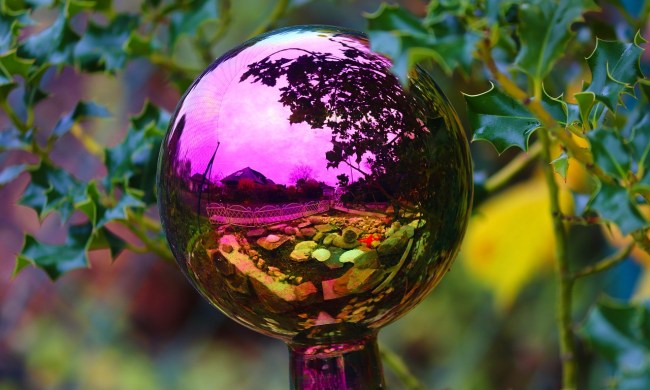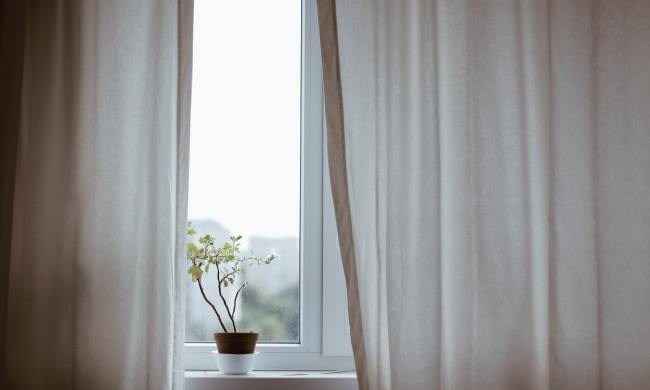If you’re a houseplant enthusiast who scours plant YouTube for helpful tutorials, you’ve likely heard of Planterina, aka Amanda Switzer. A seasoned landscape and garden designer, Switzer has been sharing videos to the Planterina channel since August 2018, infusing her detailed and informative plant videos with her kooky and approachable personality.
Planterina is also now a lush Instagram page and an online plant store, but the YouTube page is where you want to be if you’re looking for a bevy of beginner-friendly houseplant care information. The channel covers the gamut when it comes to plant maintenance—in addition to guides on common plants, you’ll also find uploads on watering, feeding, propagating, and styling your plants. Over the past few years, Switzer has consistently shared thoughtful plant care lessons. Here are three of our favorites!
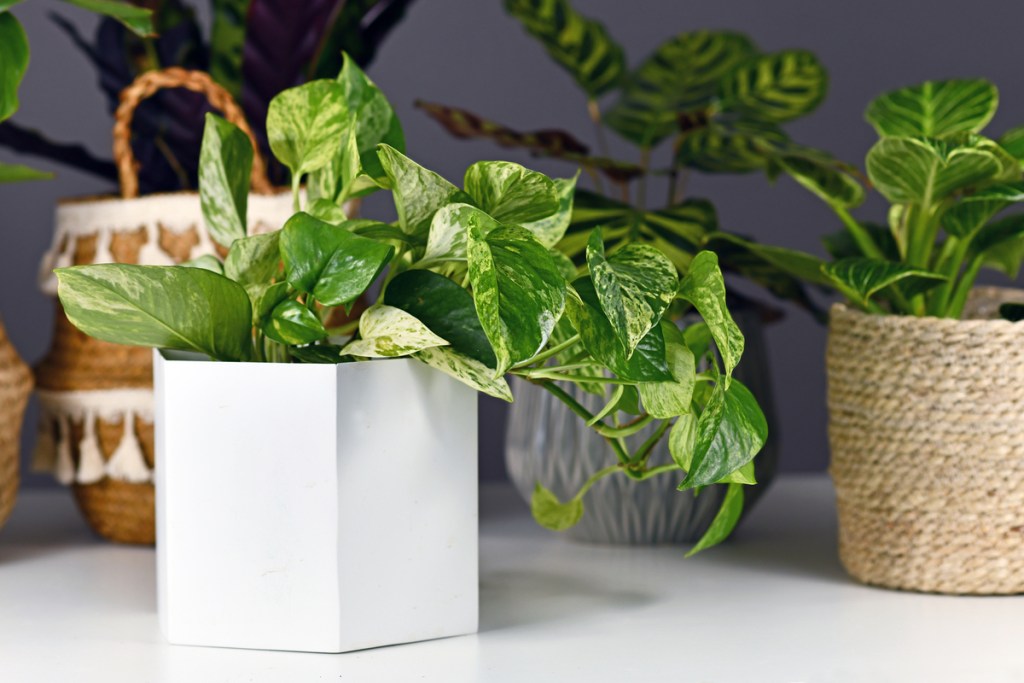
1. Easy care doesn’t mean no care.
The Planterina channel is one of the best places on YouTube for houseplant beginners or those who are looking for tips on nourishing low-maintenance plants. Switzer has many videos dedicated to prolific plants that don’t need too much maintenance—think, your pothos plants, philodendrons, snake plants, and dracaenas. But she does remind us that easy care doesn’t mean no care, it just means less care. In a live stream on the Planterina channel, Switzer covers the specific parameters of what an easy-care plant is. In its simplest definition, an easy-care houseplant doesn’t require too much water. It’s also usually a plant that can handle a wide range of temperatures, different light situations, and low fertilization levels.
But Switzer cautions that plants will still do their best if you can give them bright indirect light and fertilize them moderately. If you’re looking for easy-care plant suggestions, simply type “easy care Planterina” into YouTube, and you’ll find videos such as “30 Low Maintenance Houseplants I Can’t Live Without” and “Slow-Growing Easy-Care Indoor Plants For Small Spaces.”
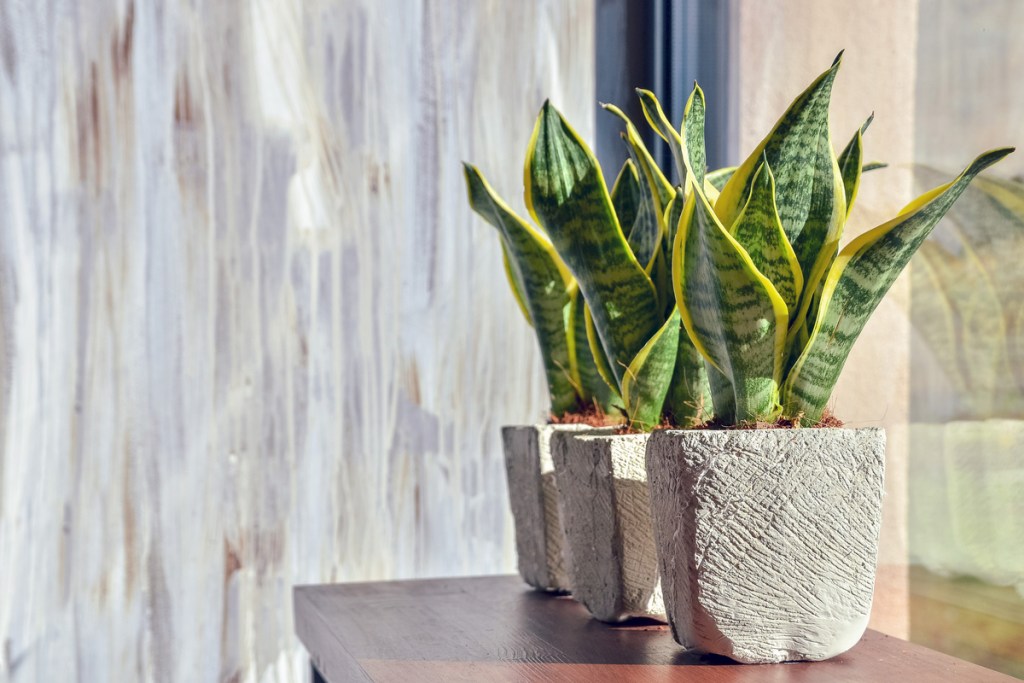
2. Common houseplants are pretty great.
Planterina has admitted herself that a zeal for houseplants will likely lead you down the path of rare houseplants. For her, rare usually means that a plant can take a while to grow, or will be difficult to source. Are you a snake plant enthusiast in a monstera albo world? Planterina’s channel will give you your fix. Switzer primarily focuses on common houseplants that she keeps in her own home. More often than not, Planterina goes over relatively basic but beautiful common houseplants—her Plant Care 101 playlist features guides on popular plants such as snake plants, monstera deliciosas, pothos plants, fiddle leaf figs, peperomias, and more.
That said, she does have an entire playlist devoted to so-called rare plants. But even in Planterina videos with rare houseplants, Switzer usually sticks to plants that are not altogether impossible to find.
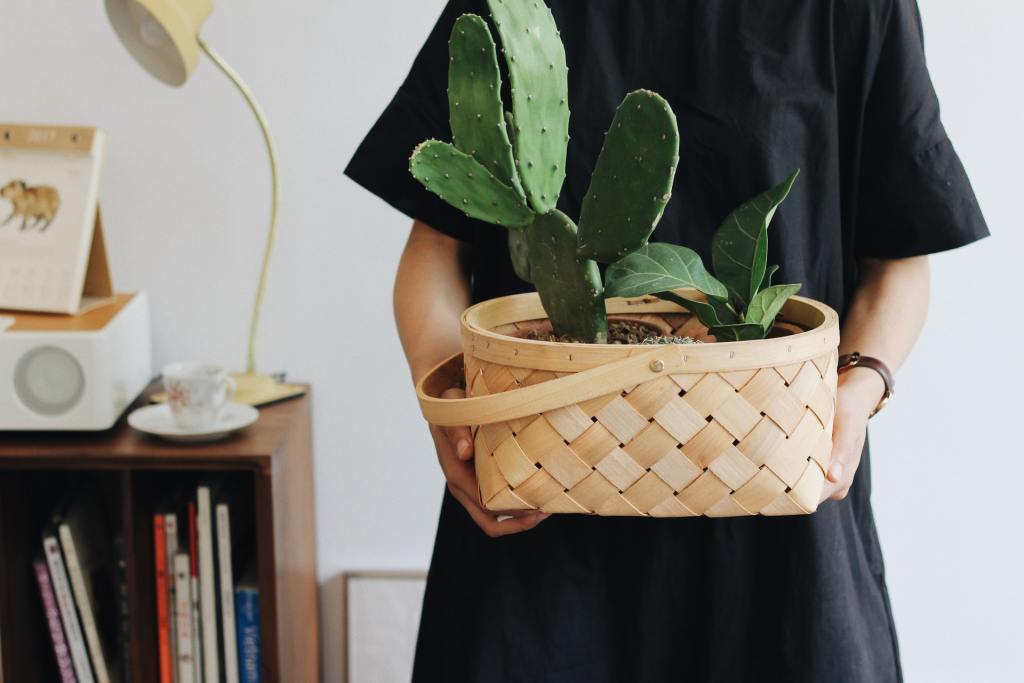
3. You can elevate your plant style game by using things lying around the house.
The Planterina channel has an entire playlist devoted to DIY planters and plant decor, and most of the videos in it focus on repurposing typical household items. While there’s no shame in buying a beautiful piece to complement your plants, you can always style your plants with odds and ends lying around your house. Not only is this easier on your budget, but it also encourages you to be more eco-friendly and creative. In “Trash to Treasure: 11 Easy DIY Planter Hacks,” Switzer goes over different ways to use common craft supplies to jazz up plant pots, trying out things such as window screens, placemats, and socks. You can also find more crafty ideas in “Beautiful Planters You Can Make for Free” and “Crazy DIY Planters | 20 Free Ways to Display your Plants.” In a more in-depth video, she even upcycles a broken lawn chair to create a DIY teak planter.
Whether you need a little plant guidance or inspiration, you’ll likely be able to find the basics on Planterina’s channel. With a focus on easy-care picks, common varieties, and DIY plant decor hacks, this little nook of YouTube is perfect for houseplant enthusiasts. Before you know it, you might find yourself building your very own indoor jungle like Switzer’s!

